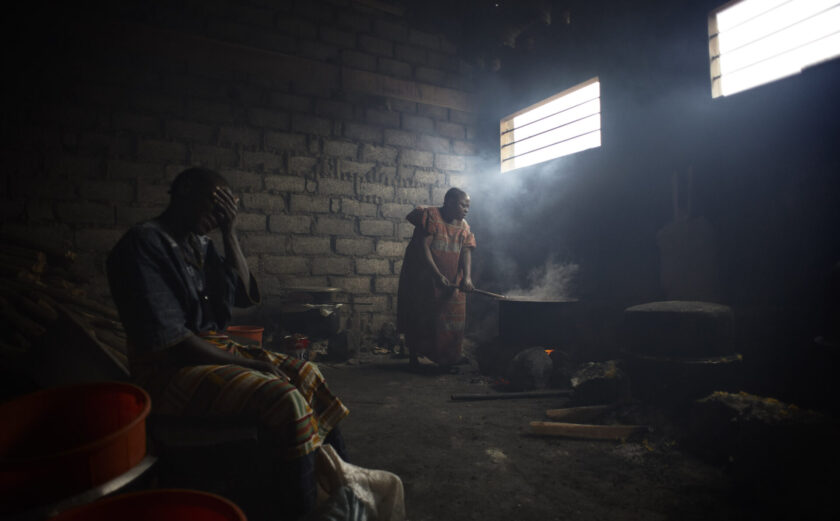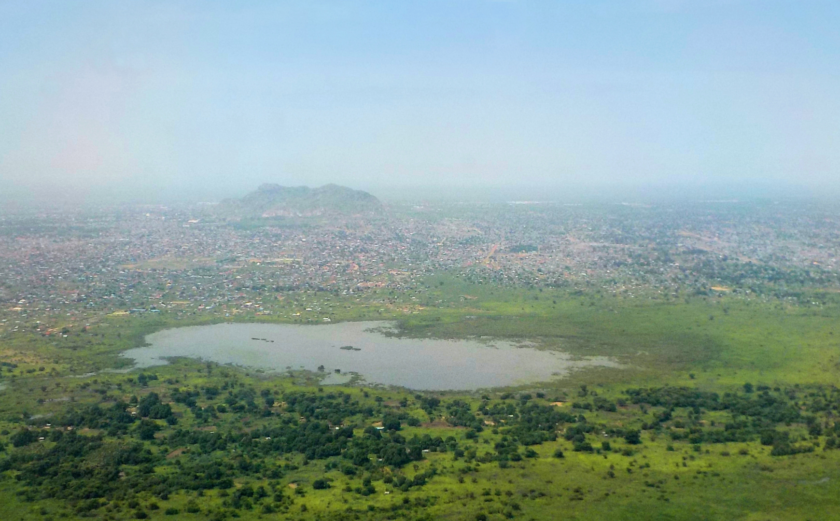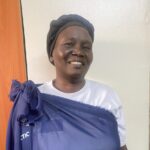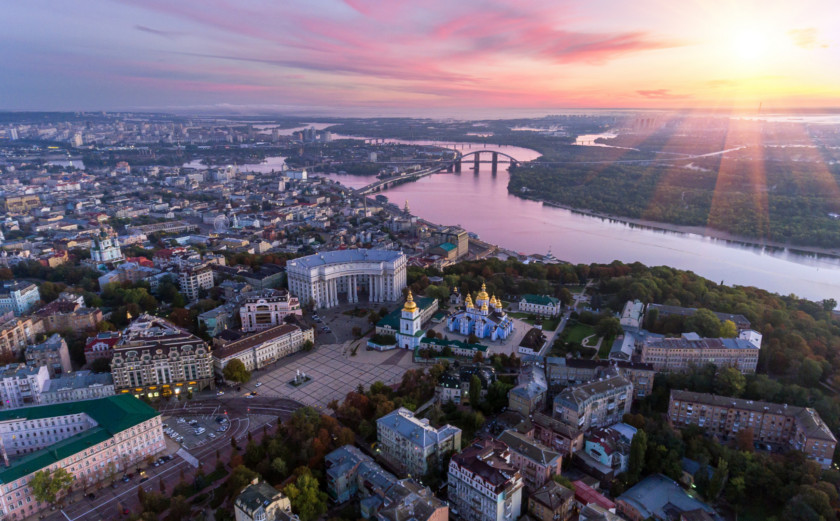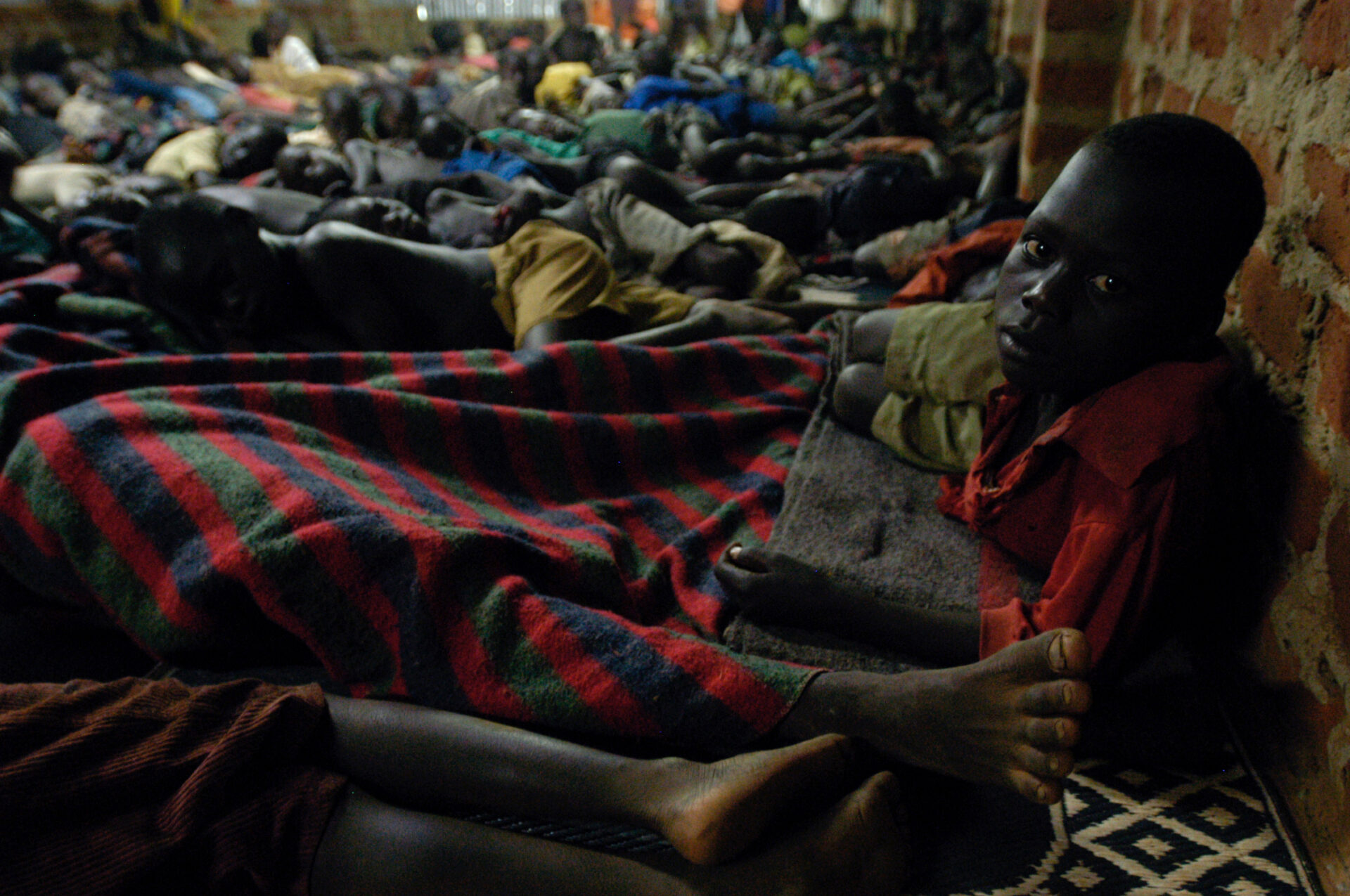
A Hidden Reality: Data & Reporting on Sexual Violence Against Men & Boys
Part II
This is Part II of “A Hidden Reality,” examining men, boys, and conflict-related sexual violence. Read Part I here.
—
A February 2022 report titled “That never happens here” from the International Committee of the Red Cross (ICRC) said:
“Many humanitarian agencies not only overlook the needs of females, but also completely overlook men, boys and sexual minority groups as sexual and gender-based violence survivors in their needs assessment, discussions with communities, during data collection and follow-up community-based and humanitarian response programming.”
The ICRC report was published three months before the U.N. Refugee Agency (UNHCR) announced that the number of people forcibly displaced globally reached more than 100 million for the first time on record. Forced displacement due to conflict, persecution, and violence often fuels sexual violence.
The Scale of the Issue
According to the All Survivors Project, conflict-related sexual violence (CRSV) against LGBTQ+ people has been documented but information remains scant due to widespread discrimination and other barriers to reporting.
For CRSV against men and boys, the research and documentation that are available paints a concerning picture. “Into the Mainstream,” a report by Plan U.K., War Child U.K., and the Refugee Law Project from 2014, found that between 1998 and 2008, violence against men was found in 25 conflict-affected countries. In eastern Democratic Republic of the Congo, surveys showed rates of reported sexual violence were 39.7% among women and 23.6% among men.
A 2017 study by UNHCR uncovered shocking levels of sexual violence against Syrian refugee men and boys. One focus group in Jordan estimated between 30% to 40% of men in their community experienced sexual violence while in detention. An assessment of Syrian male youth and boys found 10.8% had experienced an incident of sexual harm or harassment in the previous three months, but none had accessed services.
Women’s Refugee Council has also done extensive research into sexual violence against men and boys, including those with diverse sexual orientation and gender identity. Their research has looked at Rohingya refugees in Bangladesh and Myanmar, refugees traveling on the Central Mediterranean route to Italy, and refugees in Kenya.
Nevertheless, little research and policy attention has focused on the plight of men and boys. As Philipp Schultz, author of “Male Survivors of Wartime Sexual Violence: Perspectives From Northern Uganda,” notes: “dominant work on gender-based violence often continues to imply that wartime sexual violence against men constitutes a (rare) exception to the norm.”
Barriers to Reporting and Muddied Data
Traditional gender roles and societal constructs have rightfully been accused of fostering a culture of silence around sexual violence, on all sides of the gender spectrum. Just as women and girls fear speaking out about their experiences due to potential retaliation or other social backlash, men and boys do not report their experiences for fear of feeling emasculated or considered homosexual. However, gendered analyses of war and conflict largely overlook this fact—masculinity tends to be invoked only when focusing on violence perpetrated by men, not to analyze how masculine stereotypes mask violence perpetrated against men.
Data around men and boys is also often treated differently. Save the Children highlights that sexual violence against boys is sometimes categorized more generally as “torture, inhumane acts, or cruel treatment,” instead of recognizing sexual violence as a violation on its own. Many times, violence against men and boys in conflict, including targeted killings and detention of those of fighting age, is not recognized as gender-based violence.
Moving Forward
As Virginia Gamba, the Special Representative of the Secretary-General for Children and Armed Conflict, said in 2017, sexual violence against boys and men in situations of armed conflict “hasn’t been given the attention it deserves by the international community up to now.” However, this is not to say that resources should be diverted from women and girls or LGBTQ+ programming. Sufficient resources and attention need to be allocated to all aspects of sexual violence in conflict to gain an adequate understanding of the issue.
Men from Darfur who were interviewed by Veronique Barbelet of the Overseas Development Institute summed up how many men feel: “you keep on empowering our women—but who comes to talk to us about regaining our dignity and listens to our problems?”
Transformational change that addresses harmful underlying gender norms and stereotypes will only be possible when these voices are heard and acknowledged.


